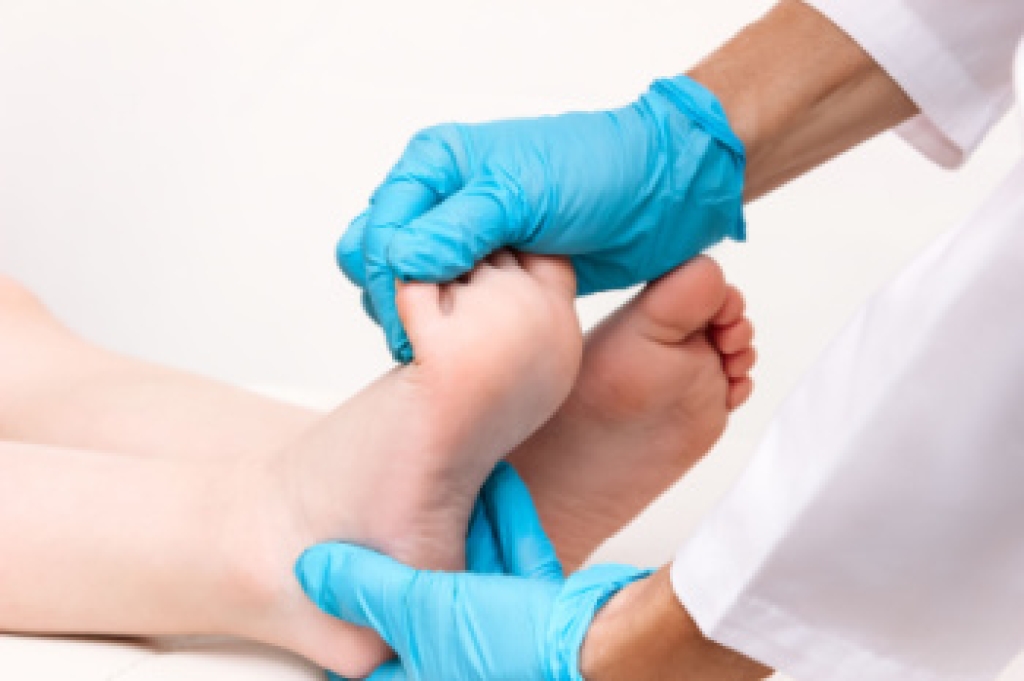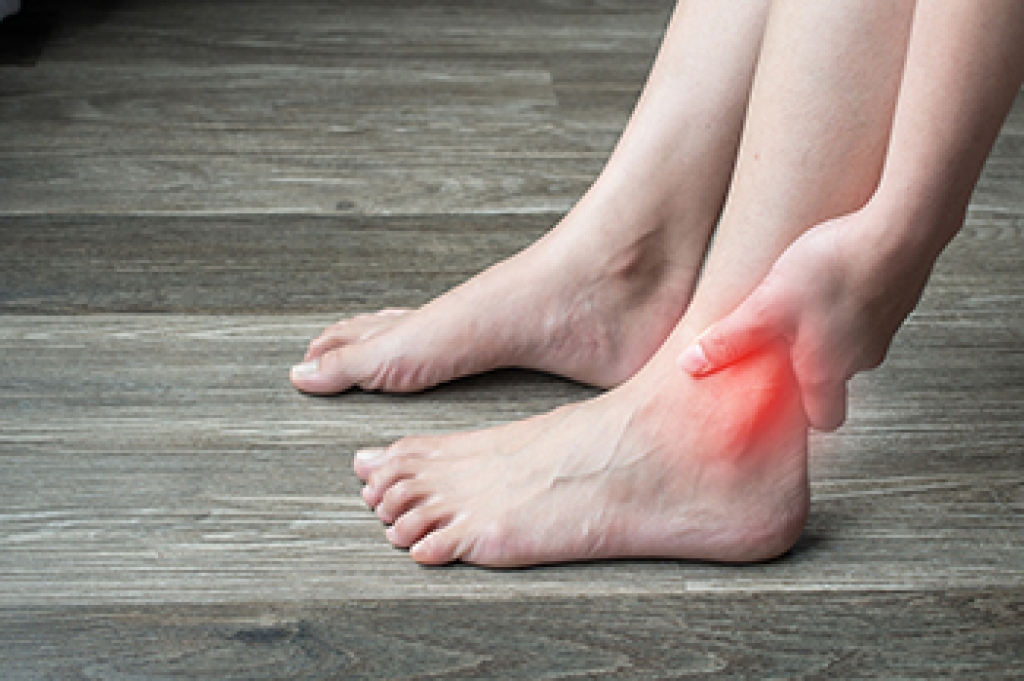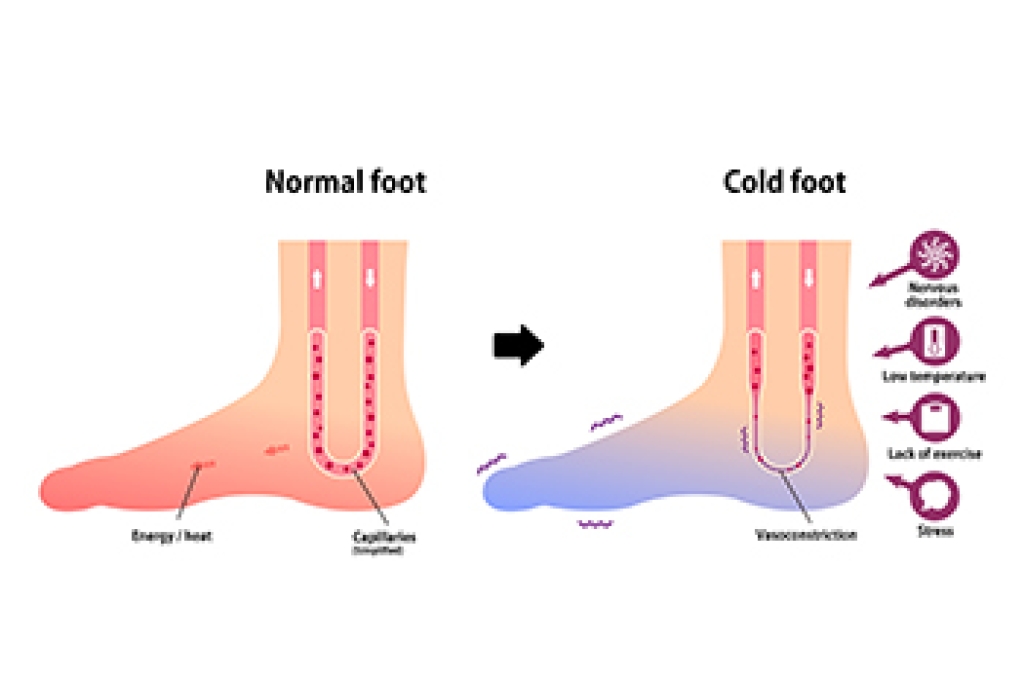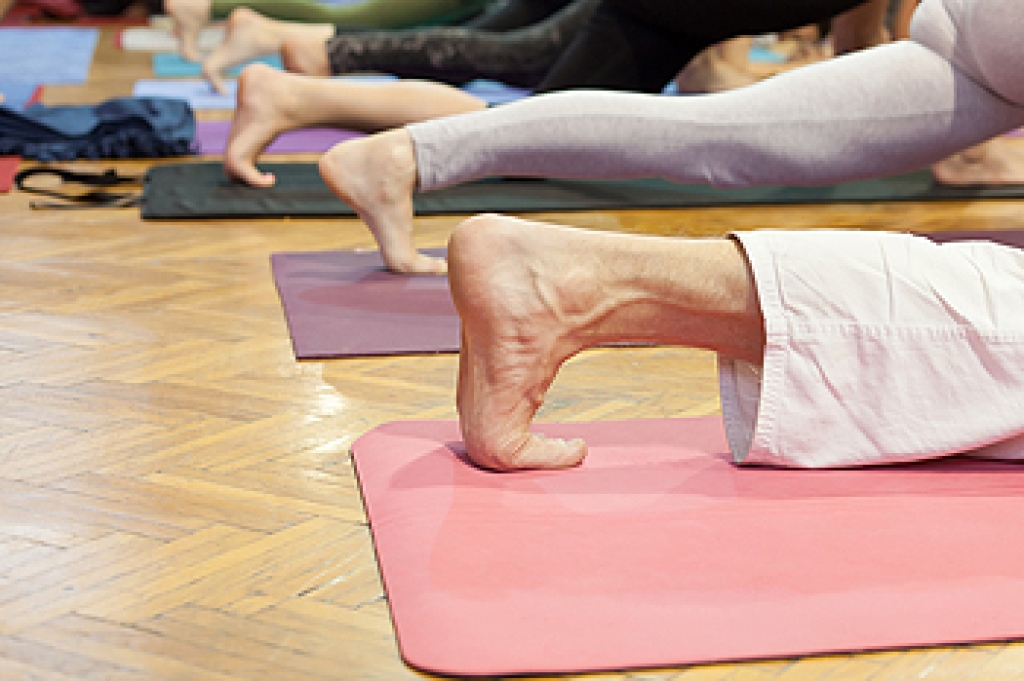
Dry, red, shiny patches on a child’s feet can look alarming, but several conditions may cause this appearance. One common source is juvenile plantar dermatosis, a condition that creates smooth, reddish areas on the forefoot due to friction, sweat, and tight footwear. Eczema can also create irritated, dry patches that become shiny when the skin is inflamed. Some children react to detergents, shoe materials, or dyes, leading to contact dermatitis that appears as bright, irritated skin. Although less frequent in younger children, fungal infections may cause peeling, redness, and discomfort. Psoriasis can occasionally involve the feet as well, creating distinct shiny plaques. Rarely, certain illnesses that cause redness and swelling of the feet may be involved. A podiatrist can identify the cause, guide treatment, and recommend ways to protect the skin. If your child’s symptoms continue or worsen, it is suggested that you see a podiatrist for an accurate diagnosis and effective treatment solutions.
The health of a child’s feet is vital to their overall well-being. If you have any questions regarding foot health, contact Philip C. Caswell, DPM of Family Foot & Ankle Care. Our doctor can provide the care you need to keep you pain-free and on your feet.
Tips for Keeping Children's Feet Healthy
- Make sure their shoes fit properly
- Look for any signs of in-toeing or out-toeing
- Check to see if they have Clubfoot (condition that affects your child’s foot and ankle, twisting the heel and toes inward) which is one of the most common nonmajor birth defects.
- Lightly cover your baby’s feet (Tight covers may keep your baby from moving their feet freely, and could prevent normal development)
- Allow your toddler to go shoeless (Shoes can be restricting for a young child’s foot)
- Cut toenails straight across to avoid ingrown toenails
- Keep your child’s foot clean and dry
- Cover cuts and scrapes. Wash any scratches with soap and water and cover them with a bandage until they’ve healed.
If you have any questions, please feel free to contact our office located in Sparta, NJ . We offer the newest diagnostic and treatment technologies for all your foot care needs.




